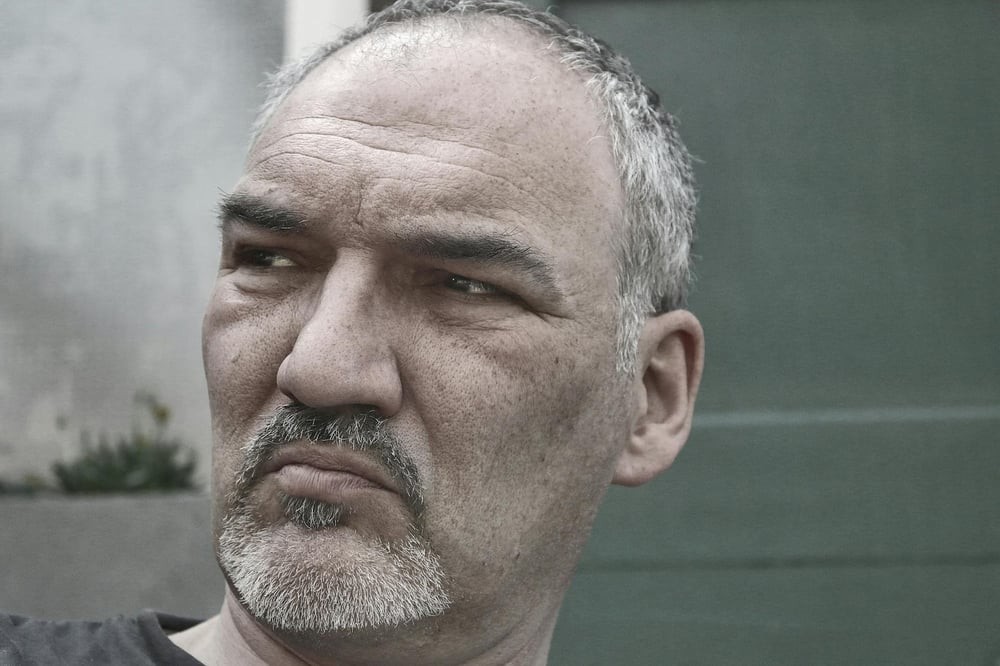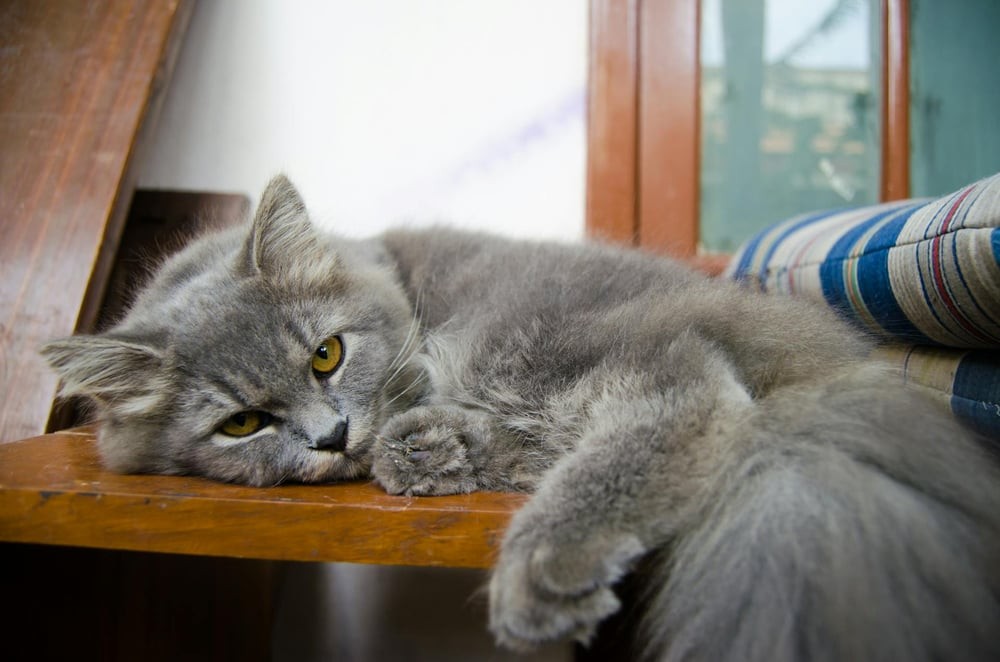What Is An Antihero? If you are fascinated by morally ambiguous characters and their complex journeys, WHAT.EDU.VN is here to provide clarity. This exploration delves into the definition of an antihero, examining their unique qualities and distinguishing them from similar character types. Discover how antiheroes challenge norms and reflect human complexity. Delve into the antihero’s journey and explore examples like Walter White and Wednesday Addams.
1. Defining the Anti-Hero
The anti-hero is a protagonist who lacks conventional heroic attributes. Unlike traditional heroes, anti-heroes often exhibit morally questionable behavior and are driven by self-interest. They challenge the traditional notions of right and wrong. This makes them compelling and thought-provoking characters.
- An anti-hero drives the narrative while pursuing a goal.
- They face obstacles that challenge their weaknesses.
- They often change as a result of their journey.
- They might save the day or succumb to a tragic fate.
However, the absence of a heroic spirit makes them unique. Anti-heroes commit morally questionable deeds and are motivated by self-interest rather than the greater good.
1.1. Key Anti-Heroic Qualities
An anti-hero possesses several distinct traits that set them apart from traditional heroes:
- Selfishness: An anti-hero’s actions, whether right or wrong, are primarily motivated by self-interest. They are unlikely to get involved in a crisis unless it directly affects them or someone they care about.
- Self-Destructive Behavior: Rather than seeking healthy coping mechanisms, anti-heroes often embrace their inner demons. They may indulge in destructive habits, disregard the law, or isolate themselves socially.
- Antisocial Behavior: Anti-heroes typically display a general disdain for people. They often view others as corrupt, cruel, ignorant, or simply irritating.
- Unconventional Philosophies: These characters possess a unique worldview, often shaped by trauma. They develop their own system of logic that justifies immoral behavior or rejects societal norms.
- Painfully Human Personality: Despite their flaws, anti-heroes are often portrayed with relatable vulnerabilities. They may struggle with fear, insecurity, or a desire for validation.
1.2. Hero or Not?
The nature of an anti-hero’s heroism is ambiguous. Some anti-heroes are heroic only because they are the central character. They are the ones the audience invests in, but their actions are not necessarily heroic. They may make destructive choices and harm those around them. Others manage to save the day despite their flaws and may even grow into better people.
2. Distinguishing Anti-Heroes from Other Character Types
The term anti-hero is often confused with other character archetypes. Let’s clarify the distinctions:
2.1. Anti-Hero vs. Tragic Hero
A tragic hero is a traditional hero who suffers a downfall, often due to a fatal flaw or predetermined fate. While a tragic hero is noble and intends to do good, their flaw leads to devastating consequences.
- The flaw is singular and does not reflect a pattern of self-serving behavior.
- An anti-hero, on the other hand, is actively self-destructive.
2.2. Anti-Hero vs. Villain Protagonist
A villain protagonist is the central character of a story, but unlike an anti-hero, they are purely wicked. Readers find it difficult to identify with them.
- Anti-heroes, despite their flaws, possess relatable qualities.
- The audience wants to see them redeem themselves.
- Villain protagonists, however, evoke no such desire.
2.3. Anti-Hero vs. Anti-Villain
An anti-villain is a villain with admirable motives. They may commit evil acts, but their goals are rooted in a desire for justice or a greater good.
- The distinction between anti-villains and anti-heroes can be subtle.
- If an anti-villain has a moral motive for doing immoral things, then an anti-hero does moral things but their motives are impure.
- The audience is invested in the anti-hero’s story and cares about their fate.
3. Exploring the Anti-Hero’s Journey
The hero’s journey is a common narrative structure. This is where a traditional hero leaves their normal world. They complete a difficult mission that transforms them for the better. How does this apply to the anti-hero?
3.1. The Anti-Hero’s Transformation
An anti-hero’s journey can take different forms. Some anti-heroes undergo significant transformation. Some remain unchanged throughout the story.
- Flat character arcs are common in gritty detective novels.
- Other anti-heroes evolve in response to the central conflict.
- Some change for the better, while others become worse.
3.2. Positive Arc
In a positive arc, the anti-hero initially accepts the call to adventure for selfish reasons. As the story progresses, they develop empathy for others. By the climax, they make sacrifices for the sake of someone else.
- The anti-hero’s motivations shift from self-interest to concern for others.
- Their actions become more selfless and compassionate.
3.3. Negative Arc
In a negative arc, the anti-hero’s morally questionable actions lead them down a dark path. They become increasingly isolated and destructive.
- The anti-hero’s choices have devastating consequences.
- They may lose their relationships, their sense of self, and their moral compass.
4. The Role of Anti-Heroes in Storytelling
Why write anti-hero protagonists? What purpose do they serve in storytelling?
4.1. Reflecting Human Complexity
Anti-heroes capture the messy reality of human existence. They demonstrate the capacity for both good and evil.
- Anti-heroes reflect the relatable instinct for self-preservation.
- It’s impactful when they demonstrate compassion and sacrifice.
4.2. Challenging Norms
Anti-heroes challenge societal norms. They question the established moral code.
- Their actions may seem morally ambiguous.
- Past traumas can make their self-serving nature feel logical.
4.3. Presenting Alternative Points of View
Anti-heroes offer a fresh perspective on familiar narratives. They allow the audience to see the story from the villain’s point of view.
- They show the villain as a regular person trying to navigate life.
- They challenge assumptions and provide a more nuanced understanding of morality.
5. Illustrative Anti-Hero Examples
Examining anti-hero examples can deepen your understanding. It helps you recognize them and learn how to write one.
5.1. Walter White: Breaking Bad
Walter White exemplifies the anti-hero archetype. His descent into crime stems from a desire to provide for his family. He grapples with moral dilemmas.
- Viewers question when Walt crosses the line from anti-hero to villain.
- Walter White is a prime example of an anti-hero with a negative arc.
5.2. Wednesday Addams: Wednesday
Wednesday Addams showcases a positive arc. She is antisocial. She shows little interest in others. However, she gradually softens.
- Wednesday learns to create chaos as a team.
- She evolves from a self-centered loner to someone who values connection.
5.3. Jay Gatsby: The Great Gatsby
Jay Gatsby is driven by a relentless pursuit of love. However, he resorts to lying and obsession. While he possesses some relatable traits, he ultimately lacks the ability to prioritize a greater moral purpose over his own desires.
- Gatsby’s actions are motivated by ego and self-interest.
- He falls short of being a true hero.
6. Tips for Writing a Compelling Anti-Hero
To write a compelling anti-hero, consider the following tips:
6.1. Give the Reader a Reason to Care
The anti-hero should be deeply flawed. They should be someone the reader wants to follow. You need to give your reader a reason to invest emotionally in this character.
- Give your anti-hero a relatable desire and compelling motivation.
- Reveal the fears and vulnerabilities behind their choices.
- Show how much is at stake for them.
- Show that they have the capacity to be selfless or empathetic.
6.2. Explain the Broken Moral Compass
The characters cling to philosophies that are rooted in their past. You want to give your audience enough information. You want them to understand that your protagonist isn’t awful just to be awful. They’ve been through something. They learned that their survival depends on self-preservation.
6.3. Make Space for Internal Conflict
Let your reader see the anti-hero struggle. Let them struggle before they make a choice. Let them struggle before that choice crosses a moral line.
- Show the anti-hero hesitating before doing the right thing.
- Allow them to grapple with the consequences of their actions.
7. Conclusion
Anti-heroes exist on a wide spectrum. They can range from quite flawed to utterly despicable. They can self-destruct or blossom into full-blown heroes. They contain multitudes. They have strengths, weaknesses, traumatic pasts, ambitions, passions, and resentments. These characters demand deep development.
Do you have more questions about anti-heroes or other literary concepts? Don’t hesitate to ask on WHAT.EDU.VN. Our platform offers free answers to all your questions.
Frequently Asked Questions (FAQs)
| Question | Answer |
|---|---|
| What is the main difference between a hero and an anti-hero? | A hero is typically selfless and motivated by the greater good, while an anti-hero is flawed and driven by self-interest. |
| Can an anti-hero be considered a good role model? | Generally, no. Anti-heroes often exhibit negative behaviors and make questionable choices. However, they can be compelling characters. |
| What are some common motivations for anti-heroes? | Common motivations include self-preservation, revenge, a desire for power, or a need to protect loved ones. |
| How do anti-heroes contribute to a story’s theme? | Anti-heroes can explore themes of morality, redemption, and the complexities of human nature. |
| What makes readers root for an anti-hero? | Readers may root for an anti-hero because they are relatable, vulnerable, or challenge societal norms. |
| Do anti-heroes always have a tragic backstory? | Not always, but a tragic backstory is a common trope that helps explain their flawed behavior and motivations. |
| Can an anti-hero become a true hero? | Yes, an anti-hero can undergo a positive character arc and transform into a more heroic figure. |
| Is it possible for an anti-hero to have a positive impact? | Despite their flaws, an anti-hero can sometimes have a positive impact on the world or the lives of others. |
| What are some of the risks of writing an anti-hero? | One risk is alienating readers if the anti-hero’s behavior is too extreme or unsympathetic. |
| Where can I learn more about writing compelling characters? | WHAT.EDU.VN offers resources. DabbleU provides free articles on character development and writing techniques. |






8. Still Have Questions? Ask WHAT.EDU.VN!
Are you struggling to understand the nuances of anti-heroes? Or maybe you have questions about other literary concepts? Don’t worry. WHAT.EDU.VN is here to help.
We understand the challenges of finding quick, reliable answers to your questions. That’s why we’ve created a platform where you can ask anything and get answers for free. Our community of experts is ready to provide clear, concise, and helpful responses to all your inquiries.
Stop wasting time searching through endless websites and forums. Visit WHAT.EDU.VN today and ask your question. Let us take the hassle out of finding the answers you need.
Address: 888 Question City Plaza, Seattle, WA 98101, United States
WhatsApp: +1 (206) 555-7890
Website: what.edu.vn